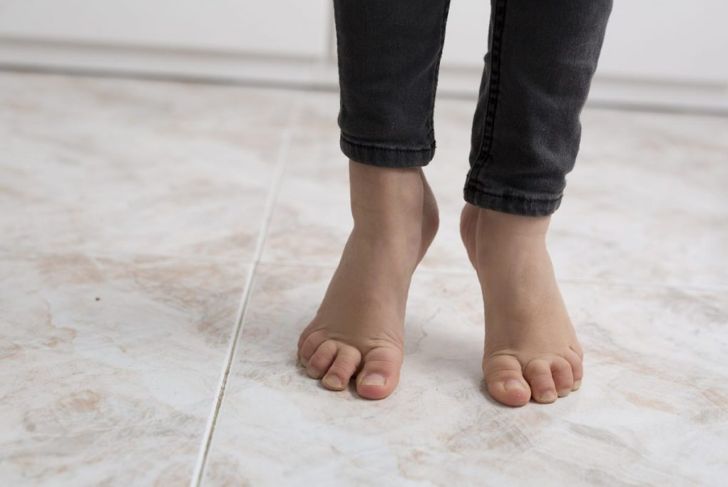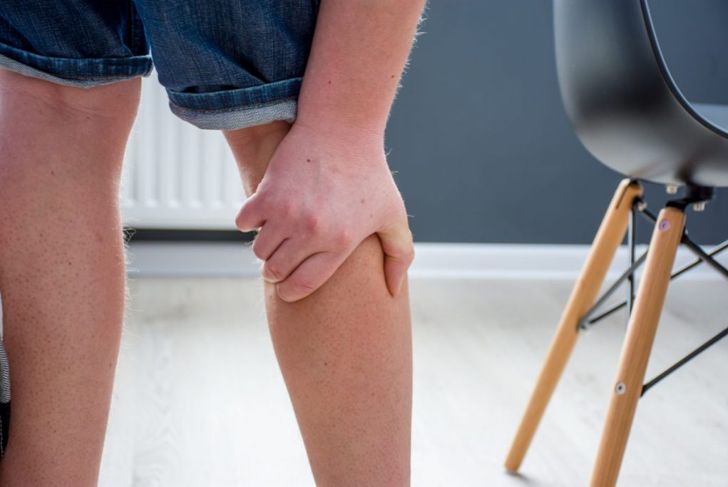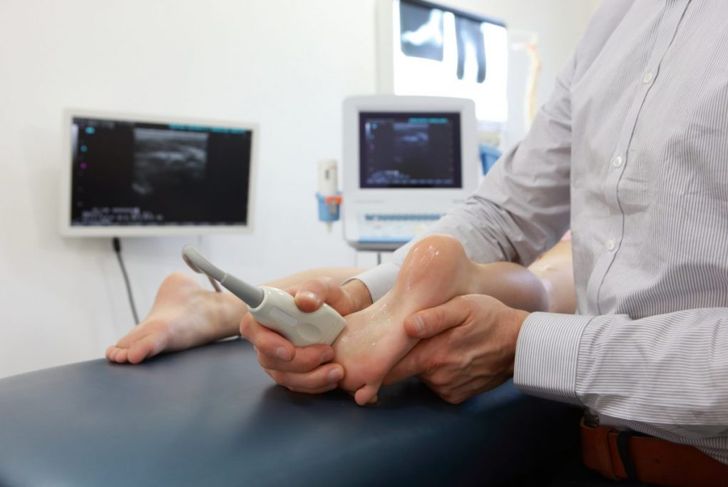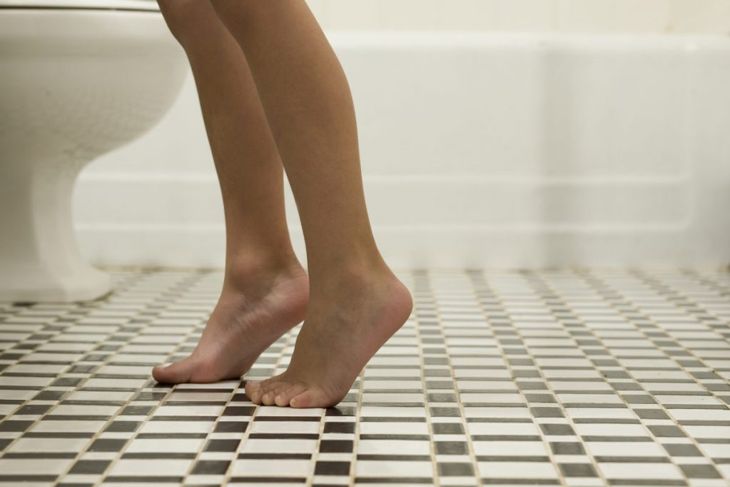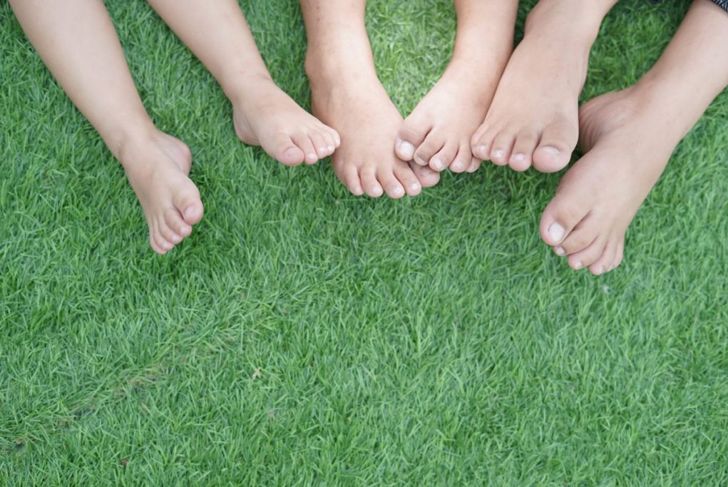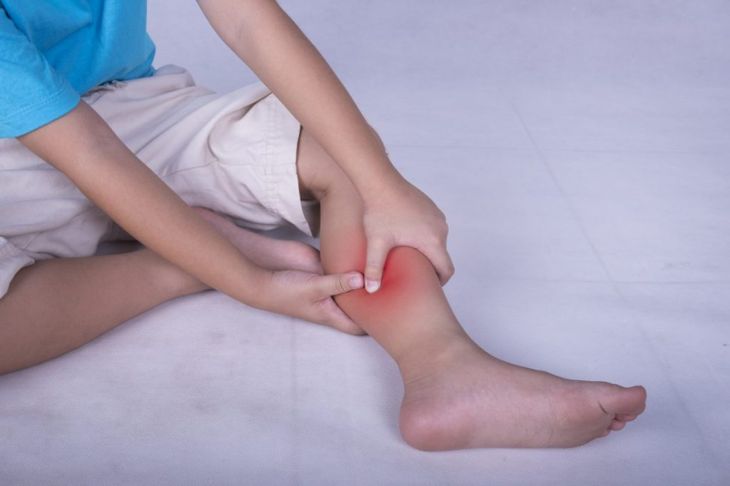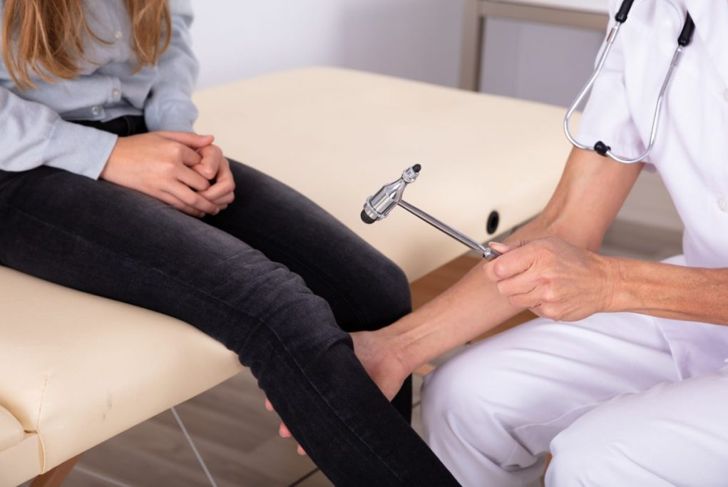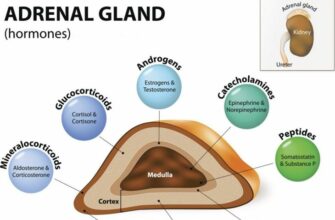Toe walking is common among children who are learning to walk. In children with this gait pattern, the heels do not contact the ground because the child is walking on the balls of their feet. Most children outgrow this walking pattern by the age of two, but others do not. There are a variety of reasons why a child continues toe walking after this age. In older children, it could be a symptom that requires further evaluation by a medical professional. Some adults toe walk due to underlying conditions, including neurological issues.
The Four Classifications of Toe Walking
Physicians classify toe walking in four ways. They first evaluate the child’s symptoms and then classify the gait according to neurological, orthopedic, developmental, or idiopathic causes. Some children may show no signs of medical conditions but insist on walking on their toes past the age of two. Others may have underlying physical issues that cause toe walking. Recent research suggests a genetic link in some cases.
Neurological Reasons
A child who starts to toe walk who has never toe walked before could be experiencing a neurological issue. Cerebral palsy or muscular dystrophy may cause the calf muscle to tighten, making it difficult for the child to make heel contact with the floor. A child showing symptoms of cerebral palsy might also experience unsteadiness. Muscular dystrophy leads to muscle weakness and damage. Spinal cord abnormalities can also lead to toe walking if a condition causes the spinal cord to attach to the spinal column. Additionally, a mass on the spinal cord can cause neurological symptoms such as toe walking.
Orthopedic Conditions
Children who experience pain when they attempt to touch the floor with their heels may toe walk to avoid the pain. Orthopedic conditions affect the musculoskeletal system, including the bones and joints. Inflammatory diseases such as arthritis may also lead to toe walking. Congenital talipes equinovarus, or club foot, and calcaneal apophysitis, an inflammation of the heel’s growth plate, also cause toe walking. In some cases, orthopedic issues can be progressive and get worse over time, but most respond well to treatment.
Developmental Delays
A 2012 Swedish study found that children with developmental delays or cognitive disorders were more likely to walk on their toes. Children who walk on their toes instead of walking flat-footed after the age of two should be evaluated for developmental delays. A large percentage of those diagnosed with autism spectrum disorders (ASD) may exhibit behaviors such as toe walking, and may stand and run on their toes as well. Research indicates that toe walking for these children may be sensory-related. Sometimes, a child who toe walks also exhibits repetitive ritualistic behaviors that could indicate obsessive-compulsive disorder (OCD).
Idiopathic Toe Walking
Also called habitual toe walking, idiopathic toe walking means there are no medical problems that would cause the child to walk on their toes. Idiopathic toe walking occurs in about five to 12% of healthy children, yet researchers have not agreed on a cause. Some theorize that children who walk on their toes do so out of habit, but the research findings vary widely. Research also suggests a link between habitually walking on the toes and speech and language delays, and motor skill challenges and sensory processing issues can also contribute to this symptom. However, more recent findings indicate a connection between tight calf muscles and idiopathic toe walking, which can cause falls, trips, and pain in the legs and feet.
Familial Toe Walking
Studies in recent years also indicate toe walking is more likely to occur if there is a family history of the action; this suggests genetic precursors. One study showed that about 60% of children who toe walk have fathers did the same as children. Other studies indicate that a higher number of boys than girls in these families were toe-walkers.
Anatomical Reasons for Toe Walking
The calf muscles work with the Achilles tendon to help lift the heels while walking. Two primary muscles form the calf. The larger of the two, the gastrocnemius muscle, forms the bulge in the calf, and the soleus muscle, a smaller flat muscle, lies underneath it. Some children are born with shorter calf muscles. Others experience a shortening of these calf muscles over time. These physical anomalies can prevent the child from walking flat-footed.
Symptoms
Medical professionals recommend an evaluation if a child continues to walk on their toes after the age of two. Tight leg muscles or stiffness in the Achilles tendon could be a sign of a physical or neurological condition. If the child toe walks on one foot only, it may indicate a neurological disorder, as can a child’s inability to correct the habit on command. They may complain about how their shoes feel on their feet or be unable to wear roller or ice skates. Participating in athletic or recreational activities may be difficult. If a child has an issue maintaining their balance or complains of recurring pain in their legs or feet, it is a good idea to get a medical assessment.
Adults and Toe Walking
Physicians generally diagnose toe walking in children, but sometimes adults develop the issue. Some adults were toe walkers as children and continue the gait into adulthood. Corns and calluses on the feet may cause discomfort, prompting an individual to walk on his or her toes to avoid pain. However, in some cases, the issue is related to peripheral neuropathy or a loss of sensation in the feet. Peripheral neuropathy is due to damaged peripheral nerves from an injury, illness, infection, or genetic disorder. An adult who toe walks could experience issues similar to the problems associated with those who frequently wear high heels. Eventually, it causes overly tight calves that can lead to hip, leg, and foot issues.
Testing and Treatment
Physicians perform simple neurological tests to assess any problems with the way a child or adult walks. They check muscle strength, reflexes, and sensation in the arms and legs. Generally, the doctor orders no other tests if the condition is idiopathic. However, the doctor may order MRI scans, x-rays, or nerve and muscle tests if there are signs of neurological or orthopedic conditions. Treatment varies according to the type of toe walking.
- Monitoring is the usual course of treatment, especially for those under the age of five.
- Short leg casts stretch and lengthen the calf muscles over time.
- An ankle-foot orthosis (AFO) or brace also helps stretch and lengthen muscles and tendons.
- Botox injections increase muscle tone and can be an effective treatment for neurological abnormalities.
- Surgery can lengthen the Achilles tendon. Physicians sometimes recommend surgery if the tendons prevent the individual from standing or walking flat-footed.

 Home
Home Health
Health Diet & Nutrition
Diet & Nutrition Living Well
Living Well More
More